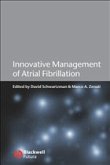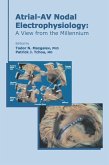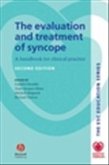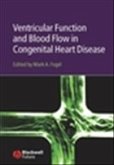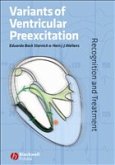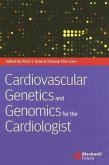Atrial fibrillation is a common arrhythmia, difficult to treat pharmacologically and associated with significant morbidity and mortality. Although traditionally prescribed when pharmacologic therapy is not effective, not tolerated, or contraindicated, electrical therapy should no longer be considered as a treatment of last resort. Implantable devices such as cardiac pacemakers and internal defibrillators capable of monitoring atrial tachyarrhythmias have enhanced understanding of the mechanisms and natural history of atrial tachyarrhythmias. This knowledge allows electrical therapy to alter the natural course of atrial tachyarrhythmias early after onset or create an unfavorable electrophysiological environment in circumstances predisposing to their initiation. Thus, electrical therapies are playing an increasingly important role in the overall management of atrial fibrillation and tachyarrhythmias, often in combination with antiarrhythmic drugs and sometimes with other strategies. New dual-chamber ICDs can safely and effectively differentiate atrial from ventricular tachyarrhythmias and treat atrial tachyarrhythmias without compromising detection and treatment of ventricular tachyarrhythmias. Technological advances in standard electrical cardioversion including the use of prior pharmacotherapy have facilitated the success of the procedure and maintenance of sinus rhythm. This is the first book devoted solely to the rapidly expanding options to treat atrial tachyarrhythmias electrically. Electrical devices offer the promise of prevention and control of atrial tachyarrhythmias, with significant improvements in all health care professionals dealing with atrial fibrillation and other atrial tachyarrhythmias.


